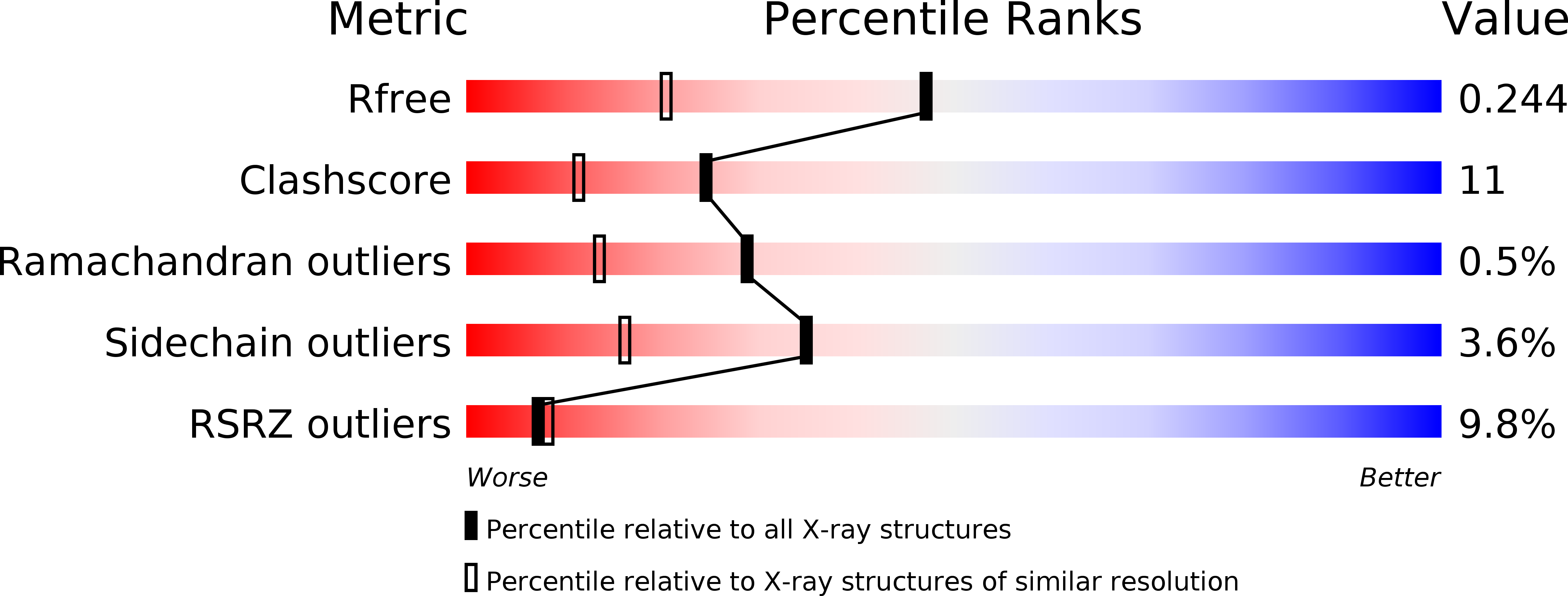
Deposition Date
2002-03-26
Release Date
2002-06-13
Last Version Date
2023-12-13
Entry Detail
Biological Source:
Source Organism:
MYCOBACTERIUM SMEGMATIS (Taxon ID: 1772)
Host Organism:
Method Details:
Experimental Method:
Resolution:
1.70 Å
R-Value Free:
0.24
R-Value Work:
0.20
R-Value Observed:
0.21
Space Group:
P 21 21 21


